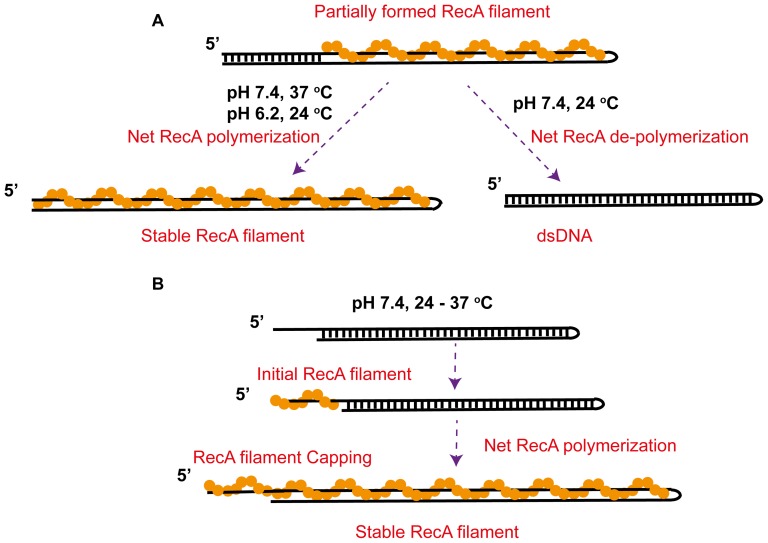Figure 6. Mechanistic models of the stability of RecA filaments formed on dsDNA.
(A) On dsDNA with blunt ends, at 37°C and pH 7.4 or 24°C and pH 6.2, polymerization of a partially formed RecA filament outcompetes DNA re-hybridization, leading to a net extension of the RecA filament into a stable fully coated RecA filament. In contrast, at 24°C and pH 7.4, DNA re-hybridization outcompetes RecA polymerization, leading to a net de-polymerization of the RecA filament into a stable B-form DNA. (A) On dsDNA with a 5’ ssDNA overhang that provides sites to initial RecA nucleation and polymerization, invasion of the RecA filament formed on the ssDNA overhang into the dsDNA region occurred in 24–37°C and pH 7.4, leading to stable fully coated RecA filament explained by the end-capping mechanism discussed in the text.

